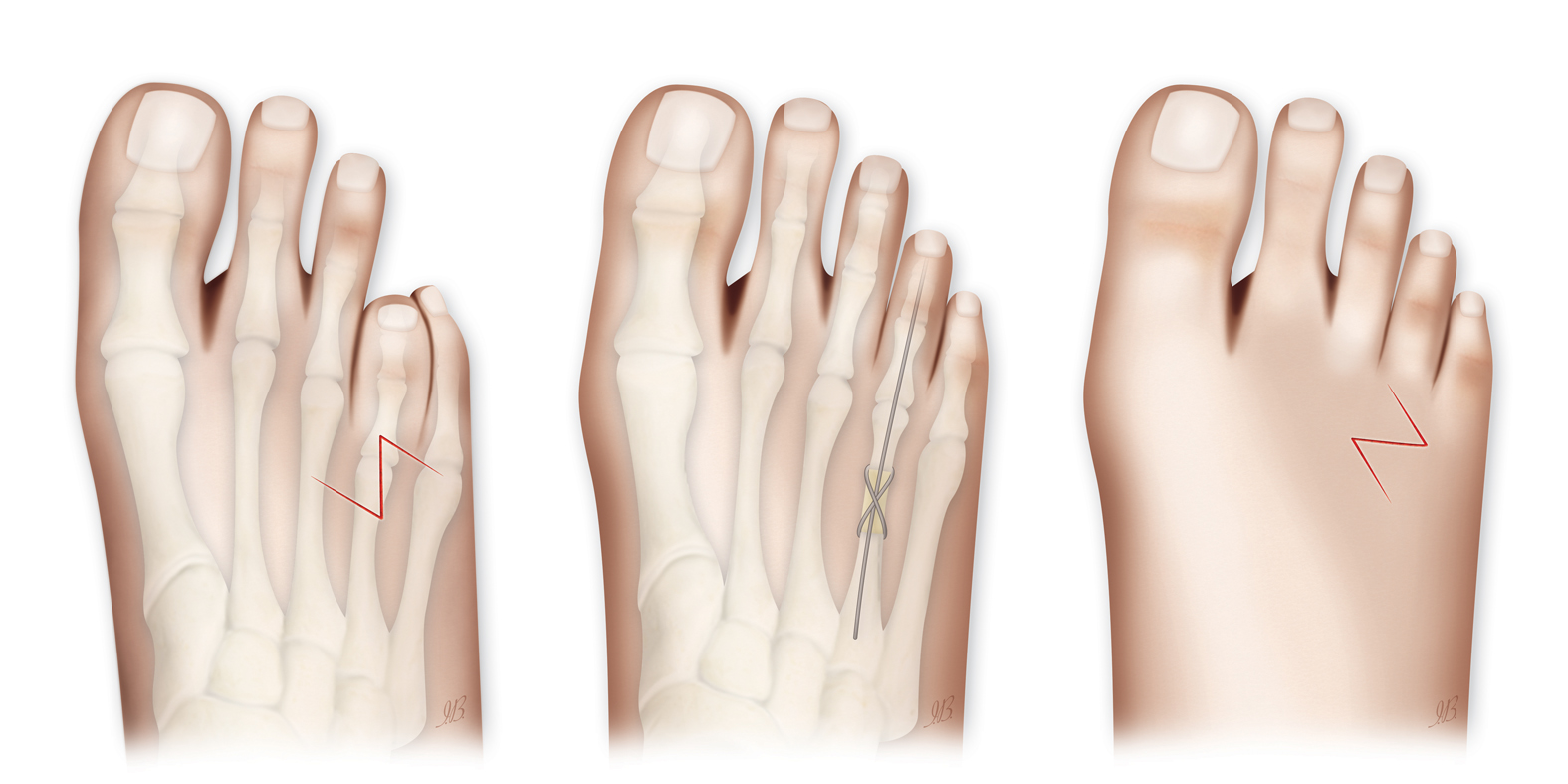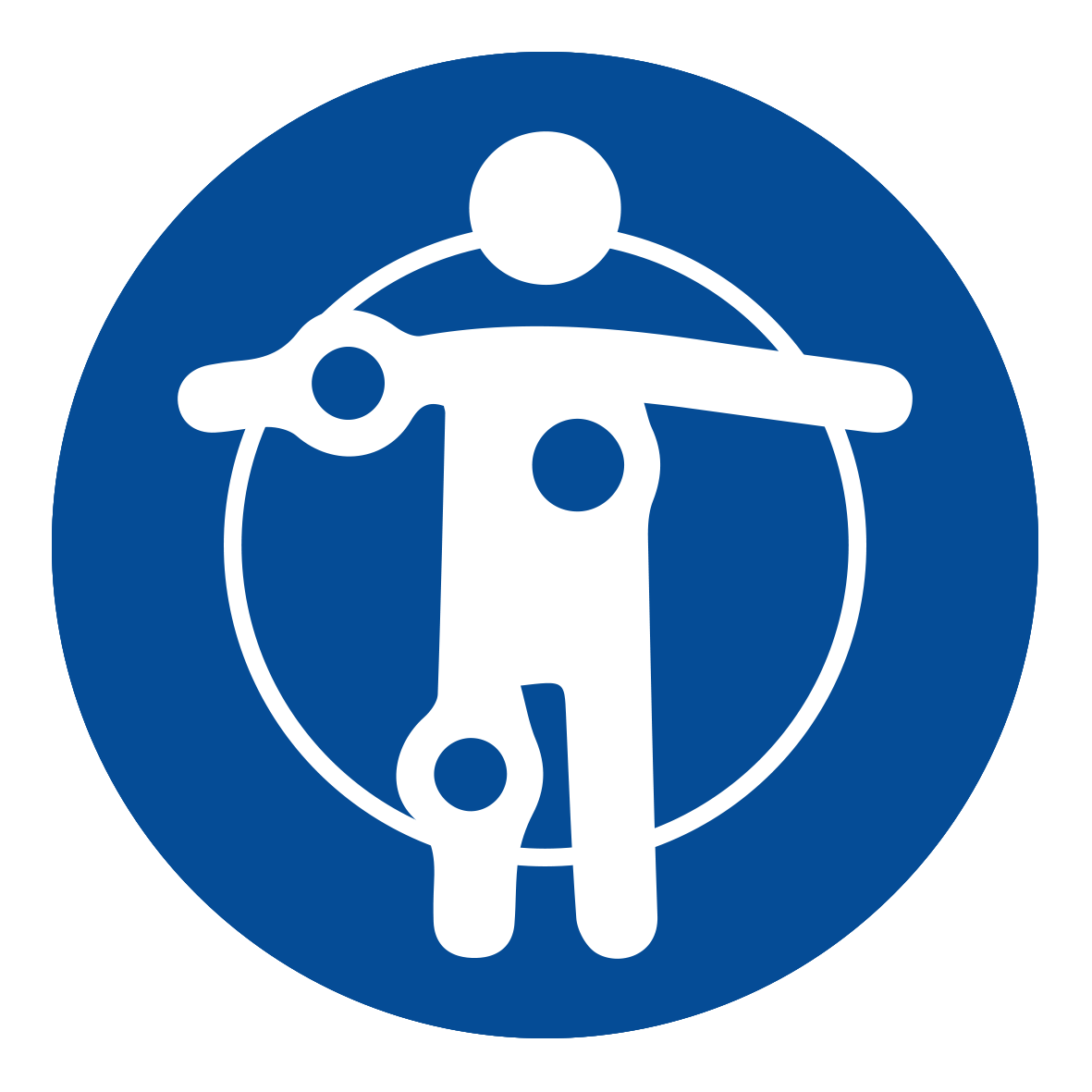Home / Limb Deformities / Brachymetatarsia
Brachymetatarsia is a rare congenital foot condition where there is one or more abnormally short toe bones (metatarsals). It more frequently involves the fourth metatarsals, but any of the five metatarsals can be affected. The condition occurs when the metatarsal fails to develop normally, resulting in what appears to be a short toe. The condition affects females more than males. 1

Important safety information: Download the Product Instructions For Use.
The MiniRail External Fixation System consists of small rails and screws for fixation of small bones when a condition does not allow for implanting internal devices. The MiniRail is designed to help with a variety of deformity corrections and lengthening procedures of small bones and joints in the foot and upper limb.

If congenital, brachymetatarsia is related to several genetic conditions such as Down’s, Turner’s, Aarskog’s, Albright’s and Larson’s syndromes, parathyroid alterations such as pseudohypoparathyroidism, and diseases such as osteodystrophy, diastrophic dysplasia among other conditions. It may also be caused by the maternal ingestion of thalidomide during pregnancy. If acquired later in life, it can be the consequence of a trauma. 2, 3

Pain and deformity are common symptoms, but a frequent concern is cosmetic. 1
The involved toe usually loses contact to the ground when weightbearing and consequently can cause impairment in the normal distribution of weight in the foot. In addition, there is a soft tissue imbalance that may lead to metatarsalgia and callosities, causing discomfort when wearing shoes. 4


Non-surgical treatments include wearing larger shoes or padding around the toes to relieve pressure.
While some patients have aesthetic or cosmetic concerns about the appearance of the short toe, others will experience pain and discomfort with shoes and walking. Surgery is generally recommended to treat pain and discomfort that affect a patient’s function.
Several lengthening techniques can be performed. For metatarsals that need to be lengthened up to 10mm, a single-stage lengthening procedure using a biologic or synthetic bone graft is available. For metatarsals that require greater length to achieve proper correction, gradual lengthening (distraction osteogenesis) is recommended as it allows lengthening the soft tissue as well. In these cases, the use of an external fixator is recommended. The device is fixed to the metatarsal with pins and designed to gradually lengthen the bone. After surgery, crutches or a knee scooter can be used to off load the weight from the repaired foot.

Some complications related to distraction osteogenesis include digital contracture, stiffness of the joint, pin site infection, angular deformity, scars and loss of length of the regenerated bone and refracture. 5
Post-surgical complications occur more frequently when more than 40% of the length is achieved. 6